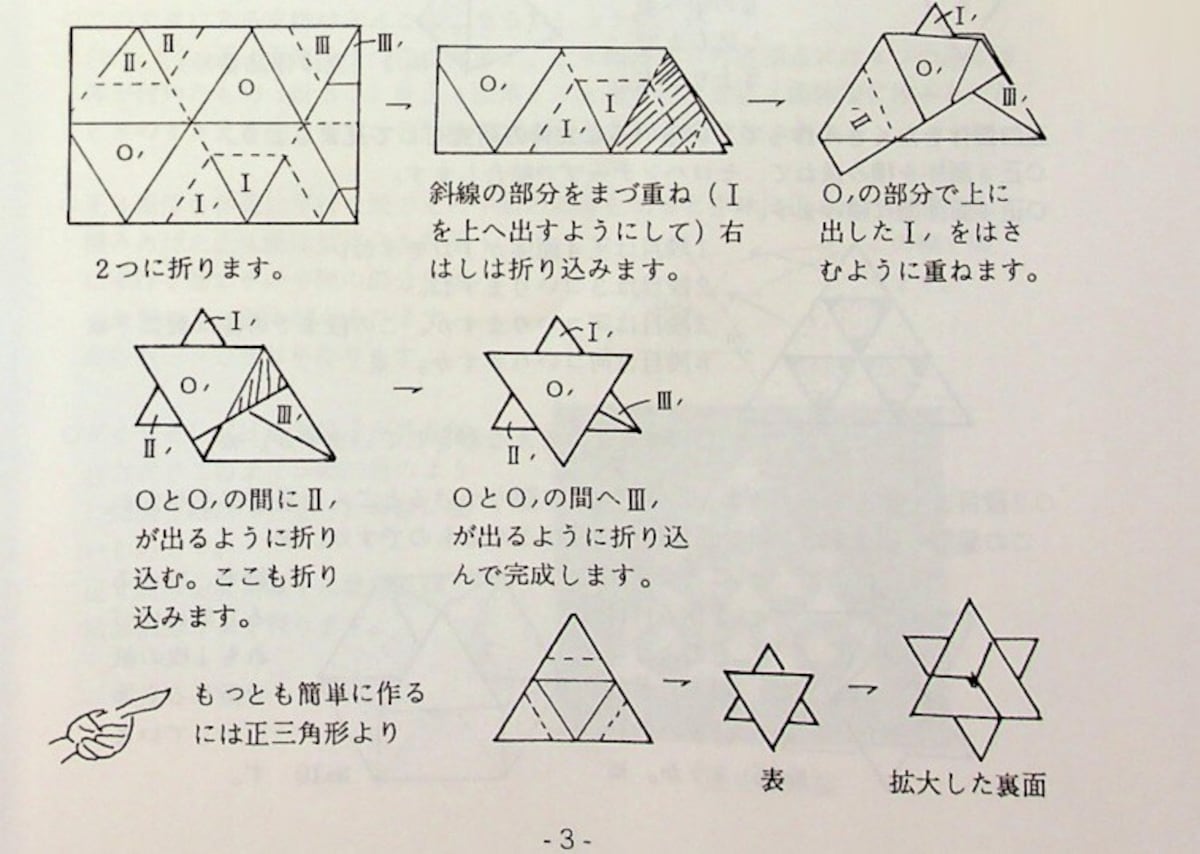With the Sote reform, the walls will be cut in Helsinki as well, and it may be difficult to defend the free access to health centers, says Juha Jolkkonen, Business Area Director.
When the rest of Finland will gather in the ballot box on Sunday, and the people of Helsinki will stay at home.
As a result of the separate solution in Uusimaa, Helsinki will remain a separate entity, with city councilors continuing to decide on SOTE services.
However, the Sote reform also applies to Helsinki: the city no longer decides on the financing of social and health care itself, but the tax money is transferred to the state, which distributes part of it back to Helsinki.
“
“This is a more controlled change for Helsinki residents.”
Right at the beginning of 2023, the change will hardly be visible to the citizens in any way, says the director of Helsinki’s social and health industry. Juha Jolkkonen.
“It’s a goal. This is a more controlled change for Helsinki residents when there is no new level of government. ”
Some administrative changes are also taking place in Helsinki. The rescue service will be linked to social and health care, and there are plans to include school pupil care in the package.
Although the changes are visible, at least initially, mainly to officials and politicians, they are significant in nature.
Helsinki has been calculated to lose money in the reform, and this will be reflected in services over time. The state will also control the organization of services more in the future, so the power of municipal decision-makers will decrease.
In the future, the tax money transferred to the state will be distributed to welfare areas so that the distribution compensates for regional differences in morbidity and the age structure of the population.
According to current calculations, Helsinki’s sote budget will grow more slowly than before. By 2029, the funding of Helsinki’s SOTE services will have to be adjusted by approximately EUR 70 million compared to the current level.
The total budget for war and rescue operations in Helsinki is approximately EUR 2.35 billion annually. The magnitude of the adjustment – that is, in practice, the funding cut – can be estimated by comparing it with, for example, the annual budget of health centers, which is EUR 100 million. EUR 70 million also corresponds to roughly half of the annual cost of care services for the elderly.
“
“This involves considerable uncertainty and difficulty in planning services.”
Sote’s total budget in Helsinki is EUR 2.35 billion annually.
“It matters,” says Jolkkonen.
On the other hand, the calculations have not yet been finalized, and during the transition period, the country’s governments will have time to change.
“This involves considerable uncertainties and difficulties in planning services when we do not know what the state sees as our financing needs,” says Jolkkonen.
“But it is clear that the people of Helsinki are losing money.”
Basic services must be improved, but it will not be easy, says Juha Jolkkonen.
One The goals of the SOTE reform are to improve basic services, such as streamlining health center visits. Of course, this is also a goal in Helsinki.
“The focus needs to be shifted in a controlled way to basic services. Now it has gradually drifted that the funding has flowed too much into special medical care, ”says Jolkkonen.
In November, the government completed its bill on a care guarantee, which would guarantee emergency care access to the health center within a week. If the law goes through, it will oblige the welfare areas and Helsinki to organize their primary health care so that the time limit is met.
“
“Electronic services need to be used more and more often.”
According to Jolkkonen, the goal is right, but it will not be easy to achieve.
First of all, there is already a shortage of doctors at Helsinki health centers. Second, the goal is off to a brisk backstage: a coronary pandemic has prolonged access to treatment. Before the pandemic, the waiting time for non-emergency times was at best ten days, but it has gone worse.
Situation it is therefore that the targets are getting tougher and at the same time the funding is going down. According to Jolkkonen, one way to solve the problem is to see access to treatment flexibly.
“It can’t be that it always has to mean specifically access to a doctor, but it can often be a service provided by another professional as well. And e-services in particular need to be used more and more. ”
As funding needs to be directed more to basic services, it will inevitably mean less money for specialist care than it does today.
The separate solution for Uusimaa includes, as part of the maintenance of the Helsinki and Uusimaa Hospital District (Hus), which provides special medical care, albeit as a newly established Hus Group. It will continue Hus’s activities as before.
According to Jolkkonen, the scarcity of funding also means more efficient operations at Hus and, for example, more electronic services.
“But when basic services are made to work better, the goal is to reduce the need for specialist care.”
Over here Until now, prosperous municipalities in particular, such as Helsinki, have had the opportunity to consider when making a budget, for which they especially want to spend money on social and health services. Millions have been able to move between uses as the city has been spun from its own purses.
Now this opportunity is clearly narrowing when the funding for the big sote industry comes from the state. In addition to the economic framework, the state also directs its own operations more directly than before.
“Sote services are being harmonized across the country. If the ministry wants a certain thing to be done in a certain way, it will guide the whole of Finland, ”says Jolkkonen.
It is still difficult to assess what guidance means for Helsinki’s services.
“Government actors have not yet been able to specify what the governance model will look like. But strategic goals will be set more directly for the operation. ”
“
“Helsinki, like other regions, must control its interests towards the state.”
Some kind Welfare areas and Helsinki will continue to have room for maneuver by collecting customer fees. In Helsinki, for example, a visit to a health center doctor has been free of charge for years.
The delegates will decide on payments in the future. Jolkkonen estimates that it can be difficult to defend free of charge.
“Helsinki, like other regions, must monitor its interests towards the state. If one region has the opportunity not to collect customer fees and the other does not, it may be difficult for the region to justify to the state why its funding should be increased, ”Jolkkonen explains the problem.
“Sure, this is just speculation.”
Jolkkonen has been the Senior Director of the Helsinki War for many years: since 2017 as the branch director and before that as the head of the agency.
One one of the key issues in the regional elections nationwide is the extent to which local services must be provided.
Although Helsinki is a very different region compared to geographically large welfare areas, Jolkkonen says that the number of walls in the capital is also worth looking at.
“We still have a rather fragmented service network: there are up to about 300 services at the address.”
One of the goals of the Sote reform is to get different services more often from the same place. In that case, people’s problems could be better solved as a whole. For this reason, centralization is also justified in Helsinki, Jolkkonen says.
According to him, the services are not planned to be centralized in just a few large centers, but the city will also have smaller health centers and clinics in the future, for example.
Larger units are to be located next to the best transport connections.
“For example, a large health and wellness center and a family center are being planned in The Hague, where Raide-Jokeri is coming.”
“
“Helsinki has taken on a greater responsibility for the corona.”
Services Accessibility is not the biggest concern for city dwellers over short distances in Helsinki, Jolkkonen says.
The Sote director, on the other hand, is worried about how the care and service debt increased by the Korona period will complicate the social and health care situation for years. The disease situation has often been the worst in the metropolitan area during the pandemic, so people’s lives have also been severely restricted.
“Helsinki has taken on a greater responsibility for the corona, and its repercussions will be visible for a long time to come.”
According to Jolkkonen, funding from the state should also take into account the special features of Helsinki, such as more homelessness than the rest of the country, the very general mental health problems of young people and the service needs of a large foreign-speaking population.
“These features are now far from being adequately addressed in the funding model.”
.
#Regional #elections #clear #people #Helsinki #losing #money #health #services #changing #Helsinki






